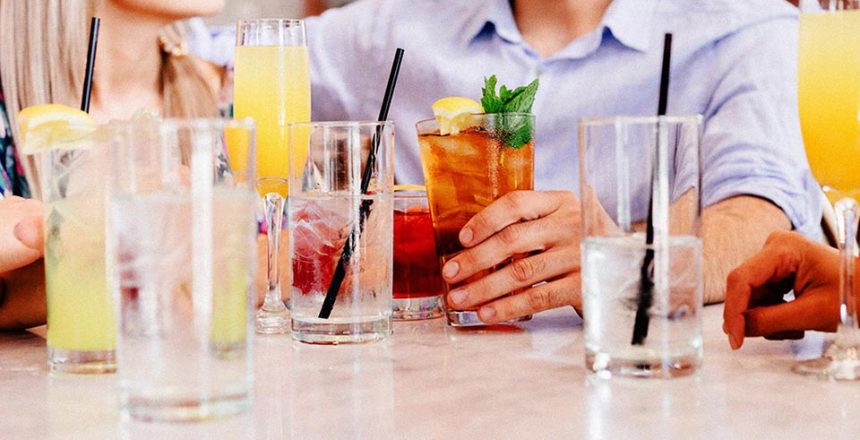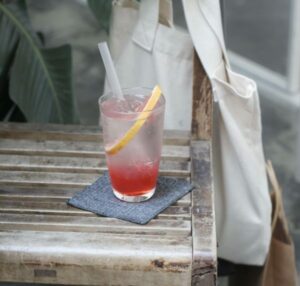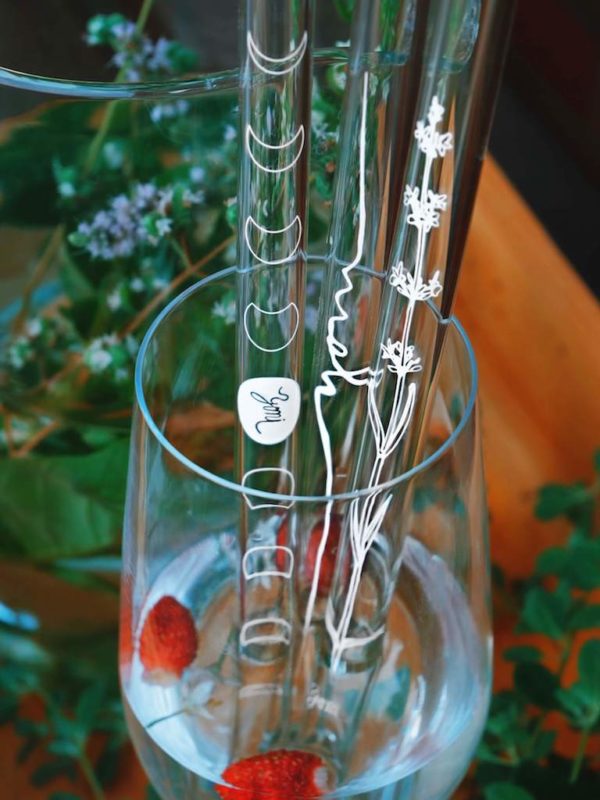
PLASTIC CONTAMINATION
The Internet is flooded with images of pollution from all over the world. There are whole islands of waste that accumulate in certain parts of the ocean due to the currents. There are several dead whales found with a belly full of plastic bags, turtles with a stuck straw in their nose, and many more affected wildlife. Conventional plastic slowly disintegrates into micro-plastics that contaminate our environment. Animals confuse plastic for jellyfish and micro-plastics for the fish eggs. In America alone, 500 MILLION STRAWS are consumed daily. That is just not acceptable.
500 million straws could fill more than 127 school buses every day or more than 46,400 school buses every year
Plastic is a profitable material. Most companies sadly prefer profit over eco-friendly products. The biggest problem is not the use of plastic, where it has a function and helps, but the use of plastic where there is an eco-friendly alternative. Items such as plastic straws, often end up in the bin without really fulfilling its purpose. These products, in particular, are currently under the microscope, and we are finally starting to see many countries banning single-use plastic.
PLANT PLASTIC STRAWS (PLA)

Alternative plastic is suitable, but why make single-use things out of it? Let’s use it more wisely. Where it will be used over and over and not as a disposable straw.
PAPER STRAWS
Paper is a natural, non-toxic material that is recyclable. Unfortunately, it is not intended for multi-use and often is disposed of when you finish your drink. Paper is a renewable resource, but you will most likely not see that happen in your lifetime. So let’s think about a long-term solution.
WOOD AND BAMBOO STRAWS
Bamboo straws are a great option because they are made from fast growing plant. This is a better longer-term option compared to plastic or paper. One of the trade-offs is that life span is shortened by the frequency of use and quality of care. Due to being 100% organic, the straw will become moldy. The surface is porous and natural, so it is not feasible to keep clean and stop bacteria growth. Wood naturally rots without proper protection. Due to the construct, it may be a problem to estimate the expiration date. Bamboo grows regionally and has to travel long distances before we put it into a drink. It has a large carbon footprint.
METAL STRAWS
Metal is very popular for making straws! You can use it over and over, and it is durable. You do not have to deal with its breaking if you do not crush the straw directly. The disadvantage is taking over temperatures, so it will be unpleasant to drink a very cold or hot drink. Non-transparent material prevents the straw from being appropriately cleaned on the inside. Thin shape straws are difficult to clean. Metal has its taste, so expect the different taste of your drink. And finally, its ability to react with substances. Metal destroys some minerals and vitamins, especially in juices and smoothies.
GLASS STRAWS
Are heat shock resistant, capable of withstanding sudden changes in temperature as well as extreme heat and cold. Glass does not lead the temperature so that you can mix hot tea with it. It is inert (not subject to chemical reactions, does not react with other elements). Its resistance to chemicals is better than most metals and other materials, even at long time exposure and at temperatures above 100 ° C. It has corrosion resistance to water, neutral and acidic solutions, concentrated acids, and acidic mixtures, and chlorine, bromine, iodine, and organic substances. It is scratch and abrasion-resistant. Perfectly for hygienic. You can wash it in the washing machine without damage.
A significant advantage of glass production against other industries is that it minimizes environmental impact and even does not burden the environment as waste. The importance of glass recycling is very high from an environmental, energy, and technical point of view. Almost all of the raw materials can be returned to the circulation or production cycle, as well as part of the energy put into the glass in the first production process, while the properties of the product(recycled glass waste) remain the same as those from new raw materials and are wholesome. Replacing raw materials used for glass production reduces production costs. The use of recycled glass saves non-renewable natural resources (sand, dolomite, limestone, feldspar, etc.) and involves fewer interventions in nature, resulting in a reduction in energy production intensity and reducing CO2 emissions due to soda(Na2CO3), limestone and dolomite decomposition. Last but not least, it will lighten municipal waste landfills and will not require new landfills.
In one of the traditional Czech glassworks, we have made the CZECH GLASS STRAWS WITH DESIGNER PRINT / 0,75€ from each package supports the GARBAGE INSURANCE project – Read more in our article How and where do our straws help?
BOROSILICATE STRAWS

Borosilicate straws are used for maximum utility in everyday life. Borosilicate glass is so resistant to chemicals that it is even used to store nuclear waste. The classical glass factor is more than double. What does it mean? At higher temperatures, ordinary glass expands more than twice as fast and breaks very quickly. Borosilicate is not as easy to break like ordinary glass. Construction of the straw supports resistance – thick wall, straight without curvature. When broken, the glass is repeatedly recycled.
Subscribe to our Newsletter
Stay in touch with us. We send regularly emails about health and lifestyle. Also we send out sale coupons and you can always unsubscribe <3 .
By clicking “Sign up” you accept our privacy policy.